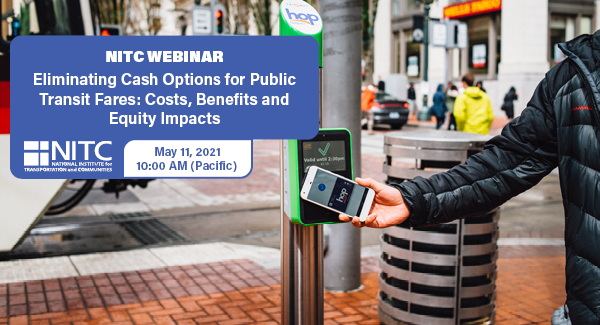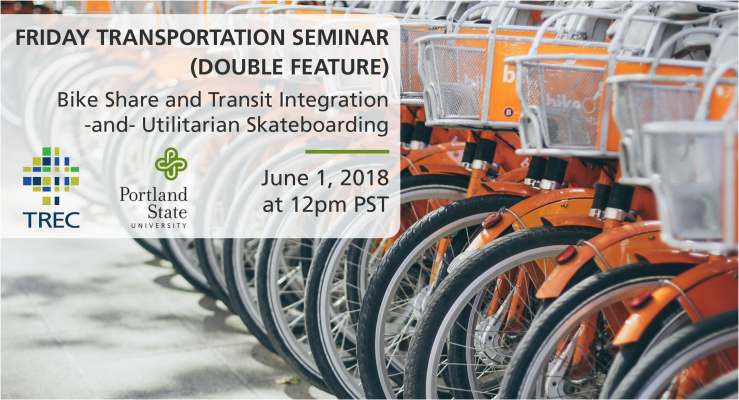Watch video
View slides
Summary: The transportation system is the backbone of the United States' economy, and transportation is an essential part of everyday life for American citizens. It is essential that the transportation system continue to provide accessibility and connectivity to an ever-evolving global economy. A key way to do so is to embrace, develop and implement new technologies. One of the newest and most promising facets of transportation-related technology is in the field of connected mobility. The vision behind connected mobility is of a transportation system where vehicles, travelers, and infrastructure are all wirelessly connected with one another and able to transmit real-time data about things like weather, location, and vehicle and infrastructure status. Such a degree of connectivity could have substantial benefits for the safety, mobility, and sustainability of the domestic transportation system, including accident prevention and congestion reduction. In recent years, major strides have been made into the research and development of connected mobility technology and some field-testing has commenced, but there is a need for more attention and investment from stakeholders throughout the transportation community and beyond.
Bio: Robert Bertini is a...
Read more

